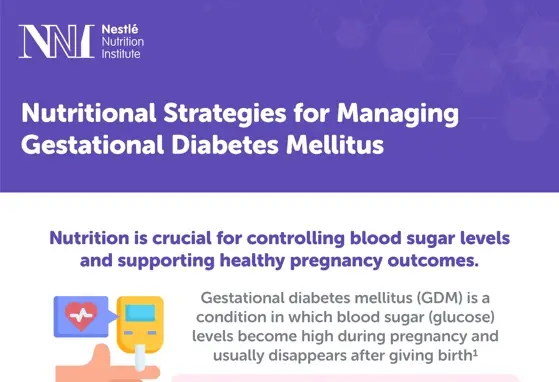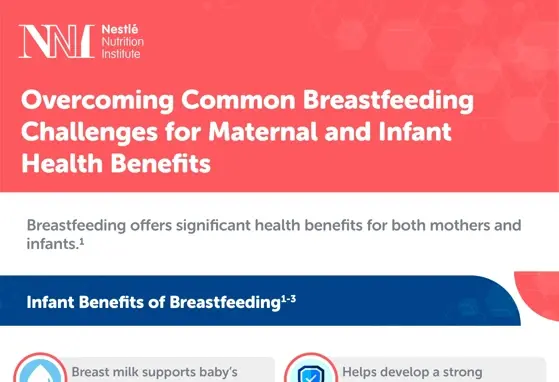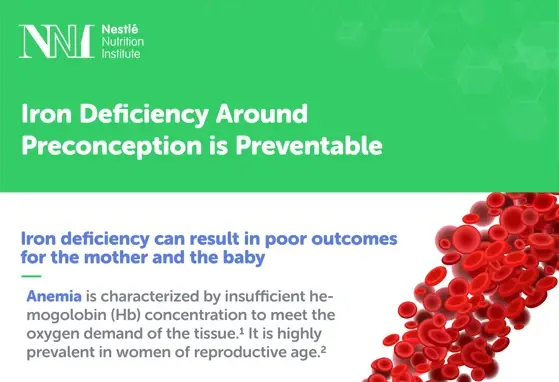Infographics
Infographics help to translate information into an easier visual representation.
This section presents a series of infographics on nutritional articles and publications.
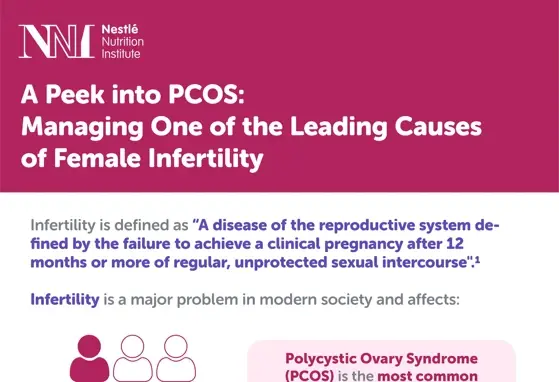
A Peek into PCOS: Managing One of the Leading Causes of Female Infertility
A Peek into PCOS: Managing One of the Leading Causes of Female Infertility
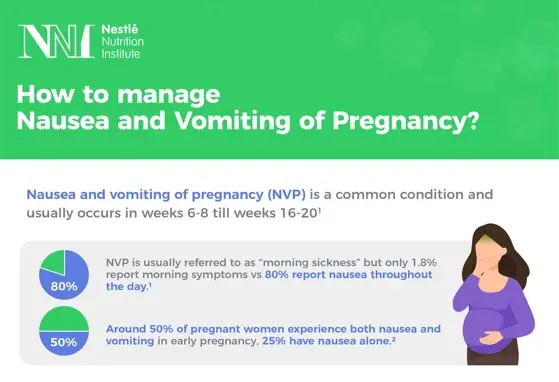
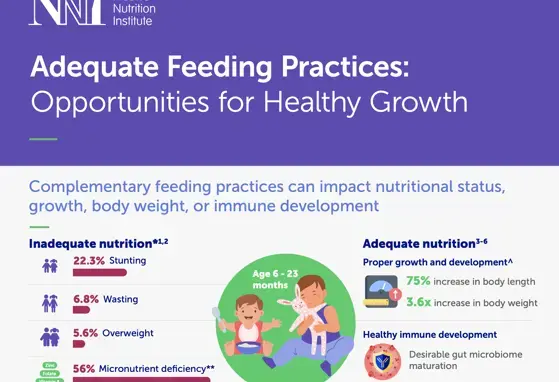
Adequate Feeding Practices: Opportunities for Healthy Growth
Adequate Feeding Practices: Opportunities for Healthy Growth
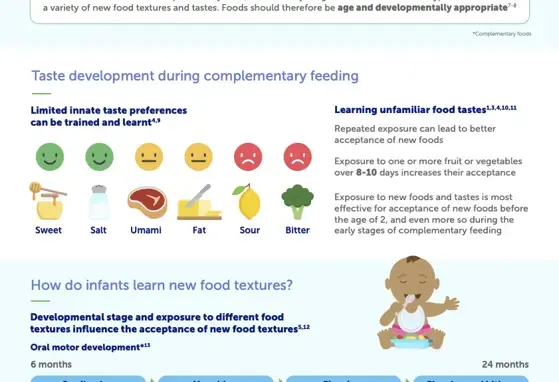
Learning to Eat: How Food Preferences and Eating Habits are Formed Early in Life
Learning to Eat: How Food Preferences and Eating Habits are Formed Early in Life
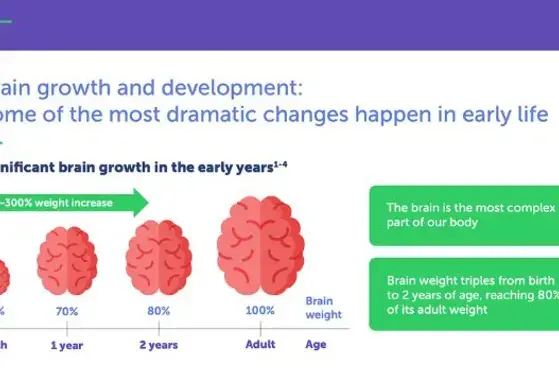
Brain Development and Toddlers’ Diet: Is There a Link?
Brain Development and Toddlers’ Diet: Is There a Link?
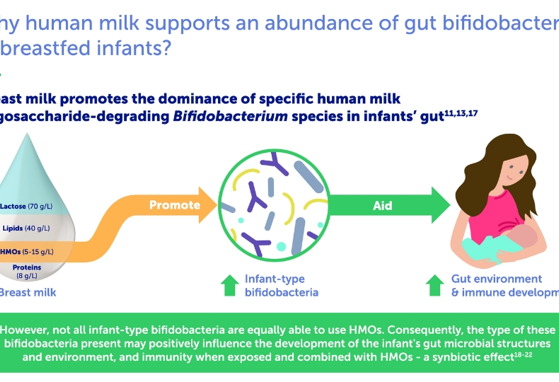

Iron Adequacy made easy with Iron-Fortified Infant Cereal
Iron Adequacy made easy with Iron-Fortified Infant Cereal

The Human Milk Microbiome: A living ecosystem that benefits mothers and infants
The Human Milk Microbiome: A living ecosystem that benefits mothers and infants
